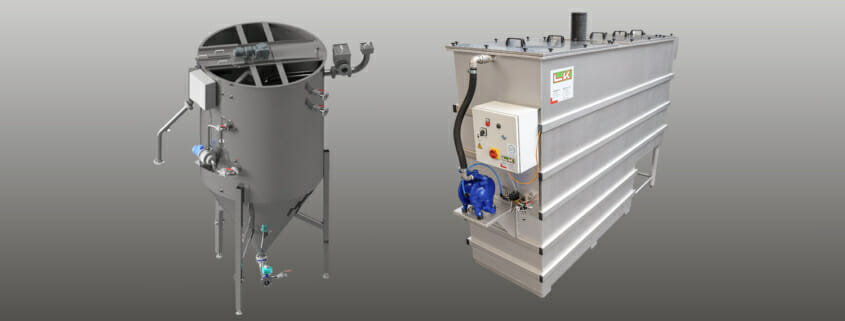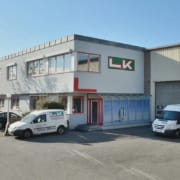Efficient recycling of industrial water
In today’s plant engineering, understanding “non-monetary” facts from the environment, politics and economics is essential for effective and safe operation. This applies to new plants as well as existing technology. Changes in all areas require us, as operators as well as plant constructors, to reduce costs in conjunction with resource-conserving environmental protection.
The treatment of process water and industrial wastewater is an important contribution by companies to the issue of sustainability. By effectively removing oil, sludge, heavy metals and other pollutants, companies can not only reduce their environmental impact, but also save valuable resources.
Separators, filtration and splitting plants
Various processes are used to purify this wastewater. One of them is the use of LK separators in combination with ultrafiltration, cracking plants and LK tangential separators. The treatment is always “from coarse to fine”. To meet the specific requirements of each plant, these processes are used in various combinations. They can also be retrofitted to existing systems as required.
Separators are used in industry primarily where large quantities of wastewater are generated and high concentrations of pollutants are present. This is mainly the case for efficient separation of oil and dirt particles (solids) from wastewater and process water, especially finer particles.
LK separators with integrated oil extractor are manufactured on the basis of LGA System-H test certificates, normative regulations and 40 years of experience in application. Due to their classic cuboid design, they are very space-saving and can usually be easily integrated into existing systems.
Tangential separators are used for high sludge contents and heavy oils (graphite oil) or other difficult-to-separate oily compounds with a density of 0.90 g/cm³ or higher. The special effectiveness of
LK tangential separators
is based on their three-phase separation, consisting of light phase, clean water phase and sediment phase, as well as a double-acting oil extractor. The high design allows small footprints, which makes it possible to integrate the separator even in confined spaces. The purified water can then be directed from there to the next step in the purification process.
Another process, usually downstream of separation, is ultrafiltration. Here, the wastewater is pressed through a fine membrane.






